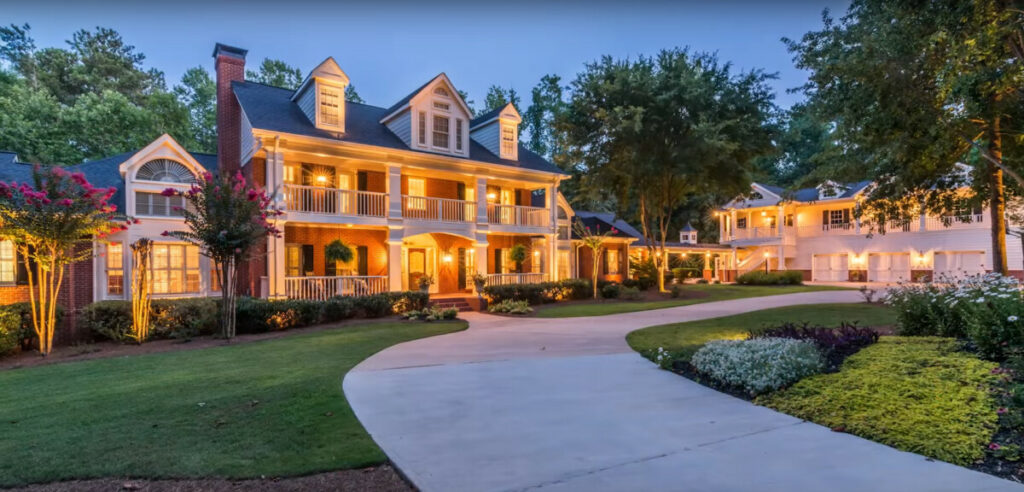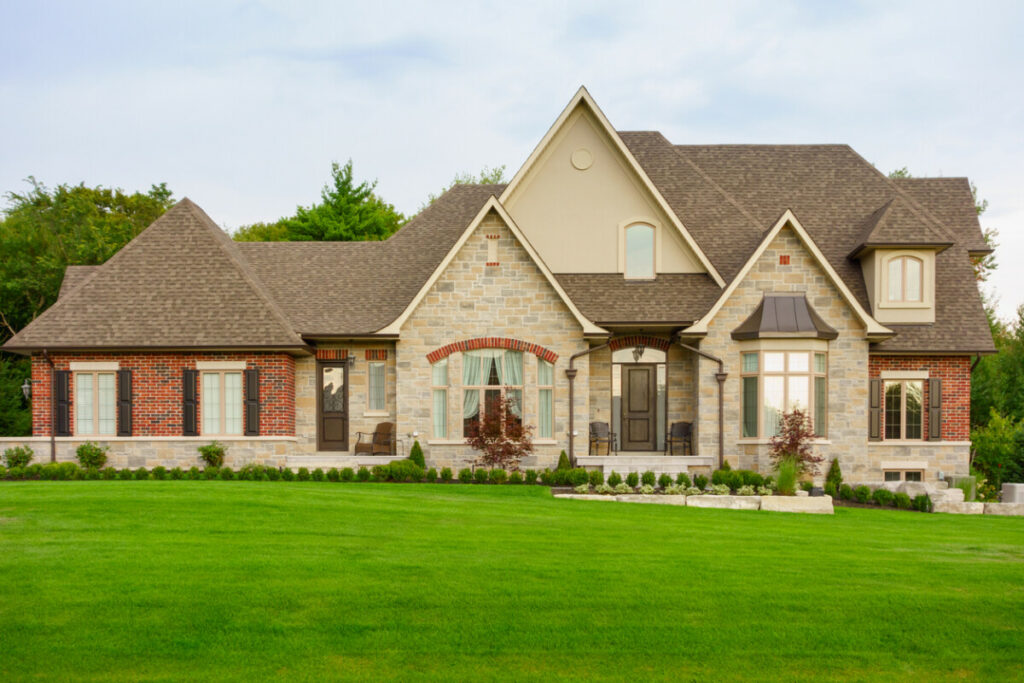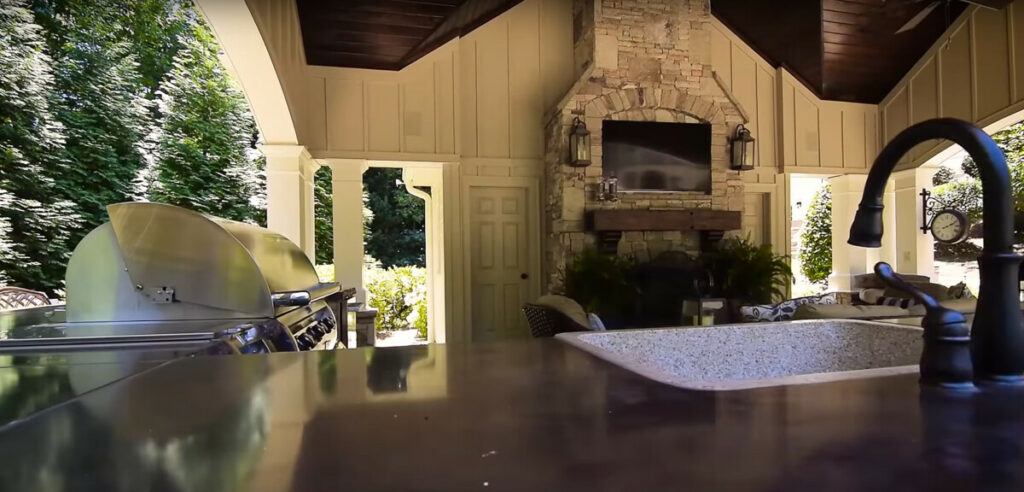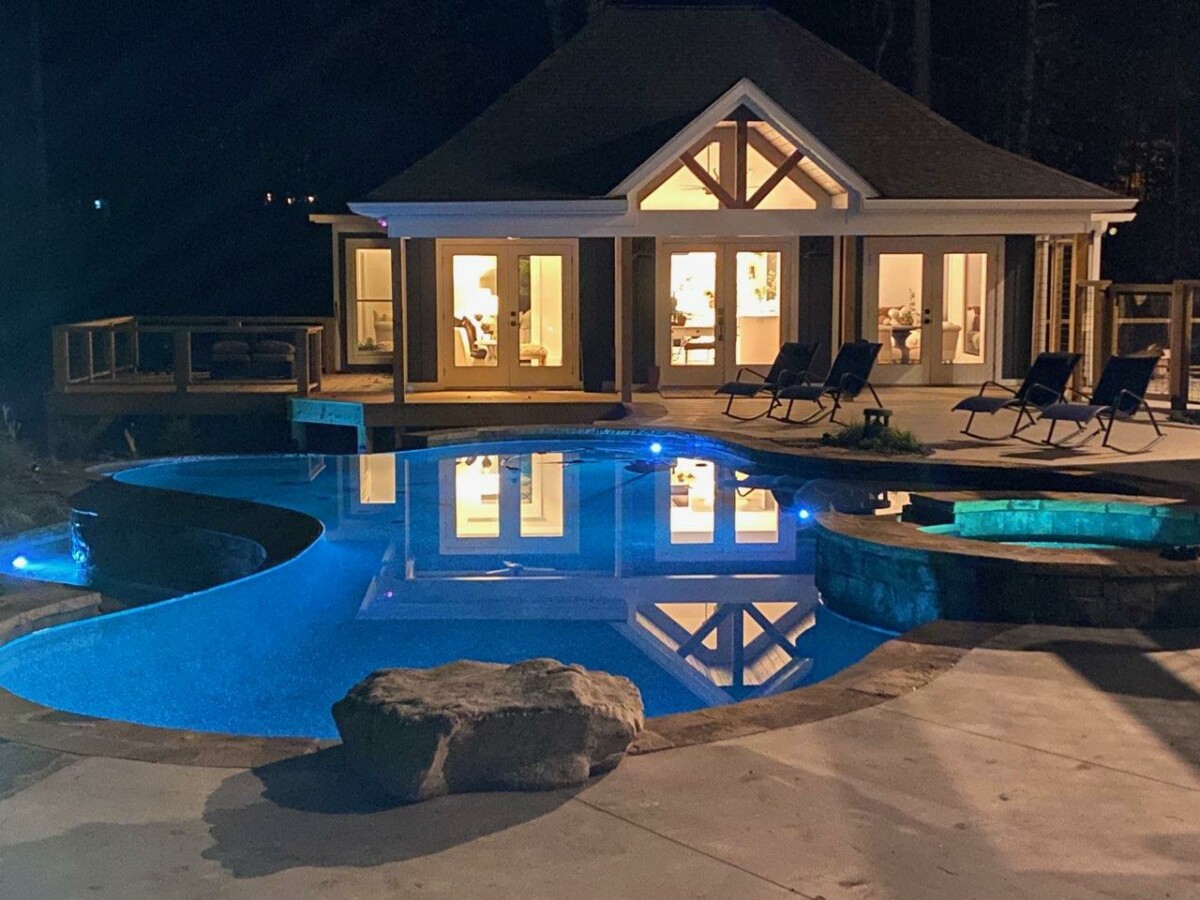It's the nature of the business.
It’s the nature of the business. Whether from a client or residential designer’s point of view, no one wants a renovation project or new build to look outdated. Driving through a neighborhood and immediately dating it by the long string of cookie-cutter mid-century ranch homes popular in the United States from the 1940s to the 1970s is not necessarily an inspiring experience. Yet, these practical homes employed architectural concepts that are beloved to this day, with their simplicity and focus on indoor/ outdoor living. They were even a favored style of famed architect Frank Lloyd Wright. In an era in which some have shifted their focus from extravagance to sustainable conservative living, the ranch home is still relevant.
However, while period architecture can have its benefits, it’s typically a goal for most homeowners to adapt to modern times, even if only subtly in style, whether for personal preference, resale value, or function in the modern age. For example, a remote and soundproof workspace has become more of a consideration in recent years. The perfect point on the spectrum between timeless and trendy is likely based on a complex combination of factors for each individual. You may be fully ready to embrace the latest trend, or nostalgia may lead you toward a home design just like the one you grew up in. Wherever you are on the architectural continuum, communication is key.
Here are some tips for what to discuss when consulting with your designer:
1. Level of Affinity for the Latest Popular Architecture.
If a style is particularly trendy and you are unsure whether you will still appreciate it in the future, consider including architectural elements that are a nod to what you regard as the genre’s best features. Using farmhouse design as an example, you might opt to add standing seam detail over only a few windows without using the same material for your entire roof. This would likely result in cost savings as well and could even potentially be considered more unique than incorporating each element of the trend. Your architectural designer can help you achieve this goal without combining styles in a jarring way.
2. Existing Features of Your Home.
In the case of a remodel, it’s important to consider your home’s original architectural style and the function behind it. For traditional homes, painting the brickwork can certainly provide a quick, dramatic change and a fresh new look. However, it can also potentially cause issues with moisture retention, and the paint may peel over time. If you are working with an existing brick exterior and want to change the look more subtly while preserving the integrity of the materials, consider a brick stain or whitewash. This approach also respects the home’s history and character and may require less maintenance. Alternatively, a limewash technique can provide a striking, eco-friendly update and is breathable and resistant to mold and mildew.


3. Which Floorplan Fits Your Lifestyle Best?
Carefully weigh the advantages and drawbacks of trendy floor plan layouts versus what is ideal for your lifestyle. For example, while open-concept floor plans are popular, especially for entertaining, there are some advantages to more traditional layouts. If you have children, reflect on their ages. If you have parents that require caretaking, what is the day-to-day dynamic like for you? Are the family members at a time in their lives when they need constant supervision? Or have needs shifted to requiring separate quiet spaces for each individual along with a large gathering area for certain times of the day? Also, consider background noise levels between living areas, such as the kitchen and living room, or a home office and the rest of the house. Speak with your architectural designer about permanent or moveable design solutions like sliding wood or glass pocket doors.
4. Projected Longevity and Return on Investment.
Take into account how long you will be in the home. If you are renovating and plan to sell soon or are building a spec house, consider the design options that may be worth integrating in the current market. For example, additional architectural features like an outdoor kitchen can increase your home’s sale value by up to 1.7% or an outdoor shower as much as 2.6%, depending on certain factors. She sheds may be considered trendy, but they also have the potential to set your home apart in the current market. Talk with your residential designer about any goals for boosting your home’s value or which features might set it apart for a potential buyer.

5. Community and Neighborhood Specifications.
Finally, consider the style of any homes in the surrounding community, especially if you are part of a neighborhood association. Architectural control committees and by-laws may prevent certain design styles or result in logistical hurdles to overcome for specific significant changes. Bright, trendy colors may be frowned upon in certain cities but welcomed in others. You could also run into building setbacks that limit the potential footprint of the home design on your lot. An architectural designer can be invaluable in developing creative solutions for these challenges, but discussing and planning for these project parameters is essential.
The perfect home design is subject to many tangible and intangible elements.
The perfect home design is subject to many tangible and intangible elements. The tips above offer a way to start the conversation with your residential designer about achieving your ideal space for an enduring appeal. Design should reflect your individuality while seamlessly integrating into your lifestyle, and paving the path to your future. Open communication at all points in the design process is not just a key but also a reassurance that you are involved in striking the perfect balance between form, function, and aesthetic feel to achieve what truly feels like home to you.
Design should reflect your individuality while seamlessly integrating into your lifestyle, and paving the path to your future.
The perfect home design is subject to many tangible and intangible elements.The tips above offer a way to start the conversation with your residential designer about achieving your ideal space for an enduring appeal. Design should reflect who you are indvidually, while synthesizing seamlessly into every day life, without negleccting to forge a path to your future. Open communication at all points in the design process is not just a key but also a reassurance that you are involved in striking the perfect balance between form, function, and aesthetic feel to achieve what truly feels like home to you.


